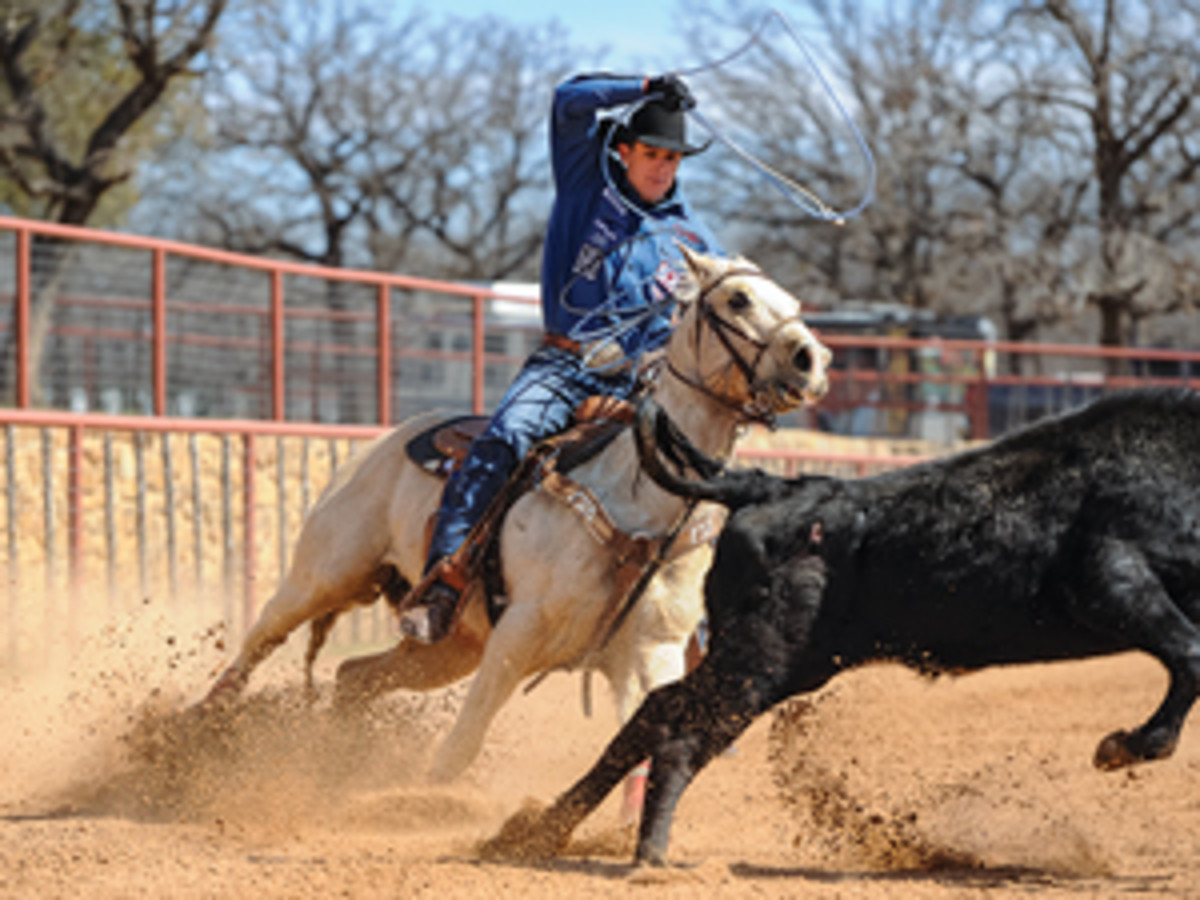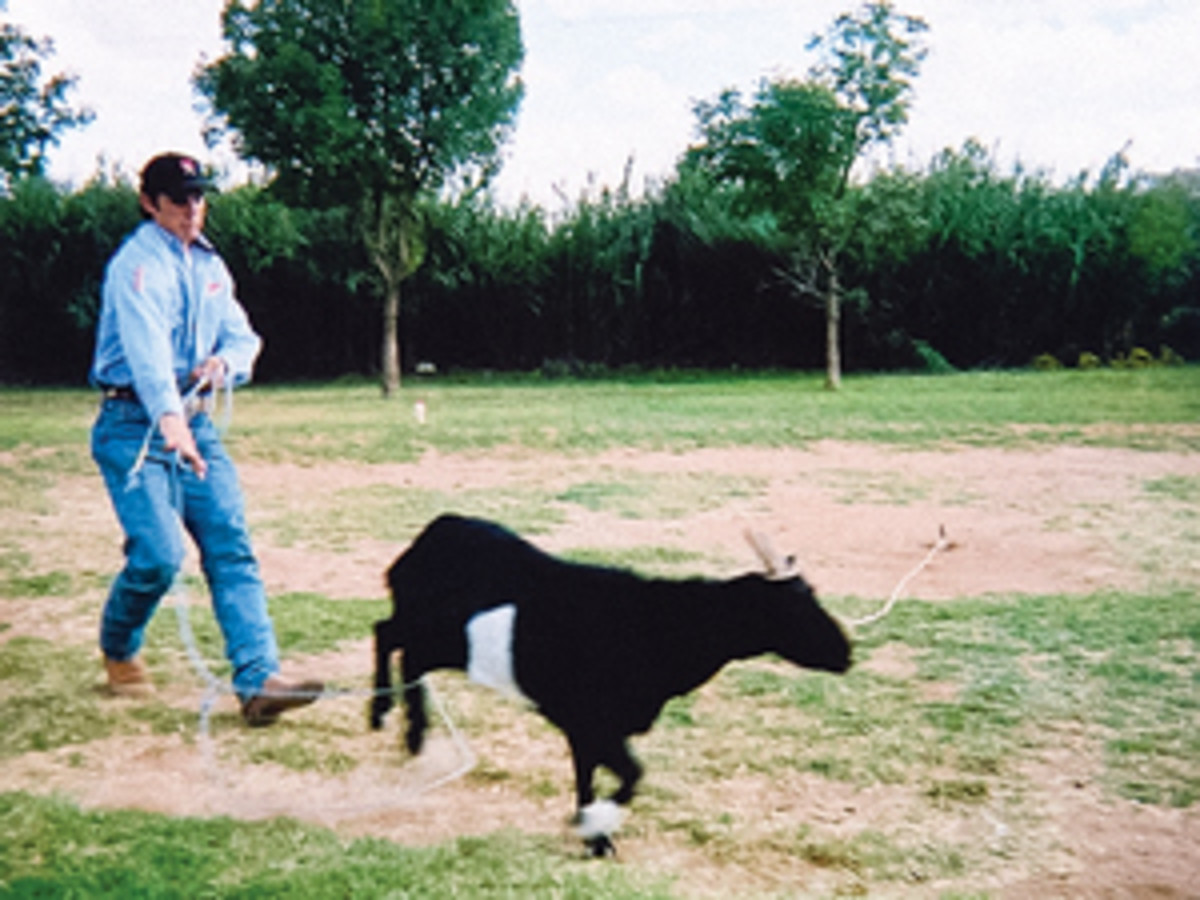Editor’s note: This is Part Three of a four-part series with Smith on learning to heel.

Timing is the essential ingredient to good heeling. Without it, you can never be consistent. Timing is also the hardest thing to teach. The reason for that is that it takes so much repetition and practice to learn to time a steer’s jump. It’s the most crucial part of heeling, and it’s something people don’t spend enough effort practicing. Developing jump-for-jump timing is critical, and you’ve got to be able to adjust and react when that steer moves unexpectedly. You can work on your loop, your position, your delivery—but throwing the timing factor in there is just as important or else you’ll never get there.
Jump Rope
The best analogy I’ve ever heard is that it’s the same as jump rope. Picture yourself jumping rope. If you get out of timing with the rope, it doesn’t work—your feet are on the ground when your rope hits the ground, and you have a problem. It’s exactly the same as heeling. Sometimes you see somebody get lucky, but you’ll never see somebody rope three steers in a row out of time.
Goat Roping

I developed my timing by roping a goat. I staked the goat out, I chased it around for hours and hours until I learned how to place my loop on the ground when the goat’s feet were off the ground. That is why I’ve never been a really big believer on spending too much time on a sawhorse or something that doesn’t move. I like to practice on a Time Machine, but other than that, you’ve got to rope something alive. A goat, a donkey or a lead steer do not reward you when you’re out of time. You’ve got to place your loop when the feet are off the ground.
Limit the Sawhorse
I cannot tell you how many guys I’ve seen at roping schools can throw the prettiest loops on a sawhorse as anybody in the world, but they cannot catch a steer. You can get perfect position and perfect timing because the legs are already off the ground. Roping a sawhorse is effective for working on your loop—don’t get me wrong—but it doesn’t help you with your timing. With timing comes consistency.
Working At It
I focus on making sure my tip is over my target when its feet are off the ground. When the goat’s feet were off the ground, I’d say NOW out loud and my tip would be over her back so I could deliver. When the goat’s legs were on the ground, the tip of my rope was behind me. Jump for jump, my tip is pointed at my target when the legs are off the ground. Being able to start on something smaller and slower makes it easier to learn the repetition and timing it takes to be jump for jump with an animal. If you apply this, I assure you it will improve your roping way beyond anything else you can do.
Patrick Smith is a two-time World Champion heeler, husband and father of two girls and a boy. He’s won the Bob Feist Invitational, the George Strait Team Roping Classic, Cheyenne Frontier Days and the California Rodeo Salinas, as well as RFD-TV’s The American. His instructional DVDs, Driven and Legend, are available at
patricksmithroping.com.










